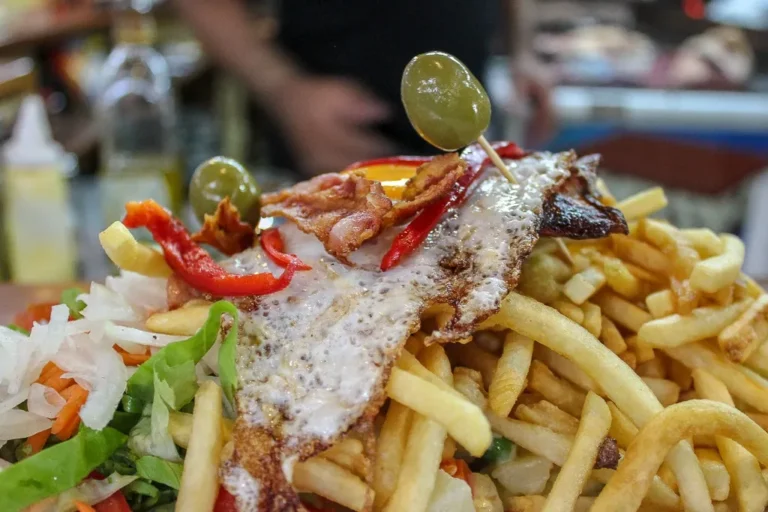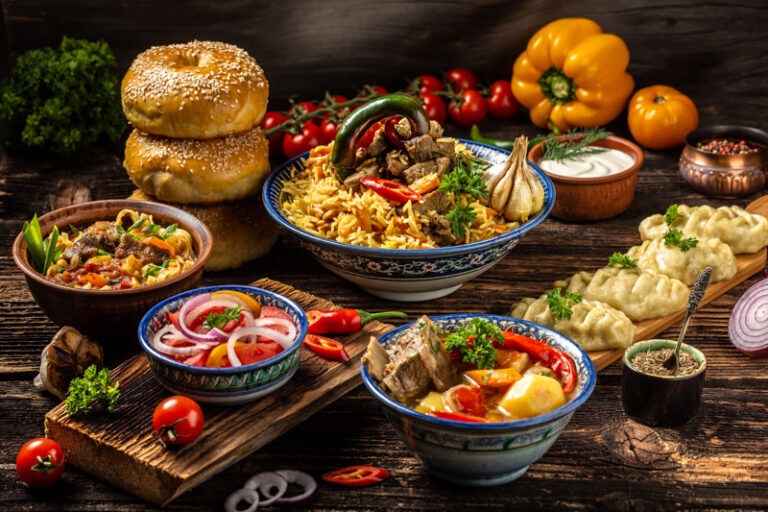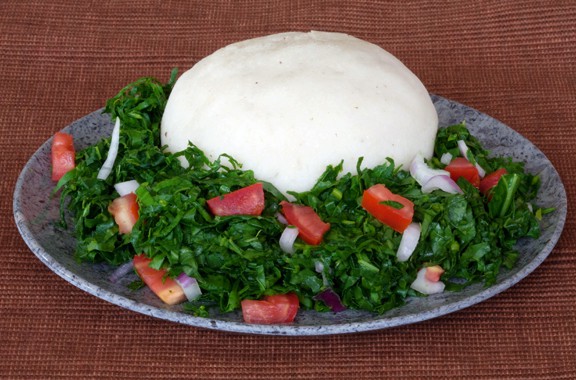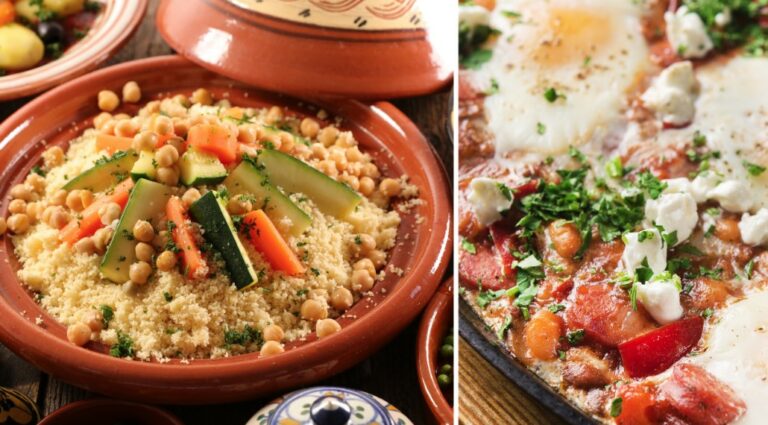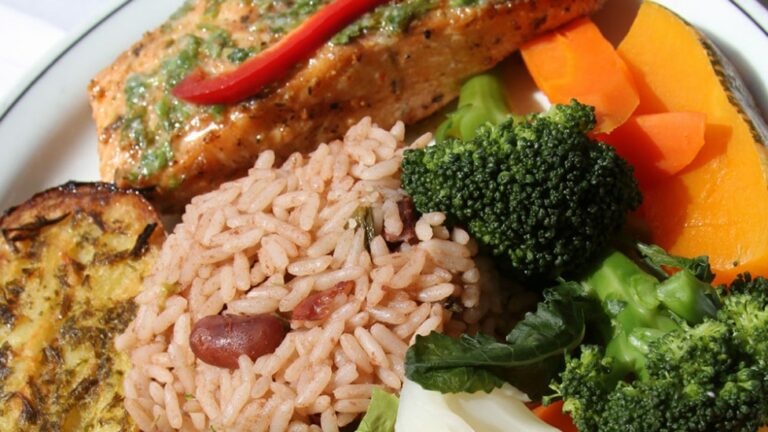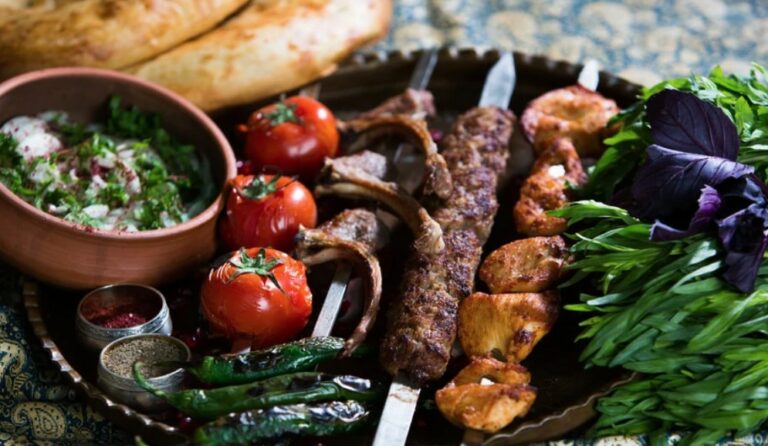Introduction: British cuisine and its diversity
British cuisine is known for its diverse and eclectic blend of flavors, textures, and ingredients. Historically, the culinary scene in Britain was shaped by various cultural influences, from trade and colonization to immigration and globalization. As a result, British dishes showcase a wide range of flavors, from spicy curries to hearty stews, and from sweet desserts to savory pies.
The impact of Irish cuisine on British food
The close proximity between Britain and Ireland has resulted in a significant influence of Irish cuisine on British food. Some of the most popular Irish dishes that have made their way into British cuisine include Irish stew, boxty (a potato pancake), soda bread, and colcannon (mashed potatoes with cabbage or kale). These dishes are now commonly found on menus in British pubs and restaurants, and are enjoyed by locals and tourists alike.
Scottish influences on the British culinary scene
Scotland has also made its mark on British cuisine, with traditional Scottish dishes like haggis, neeps and tatties (turnips and potatoes), and Cullen skink (smoked haddock soup) gaining popularity across Britain. Scottish salmon is a prized ingredient in British kitchens, and Edinburgh rock (a type of candy) and shortbread are popular Scottish treats that have become a staple in British households.
Welsh culinary contributions to British cuisine
Wales has also contributed to the rich tapestry of British cuisine, with traditional dishes like Welsh rarebit (a savory cheese sauce on toast), lamb cawl (a hearty soup), and bara brith (a fruit cake) gaining popularity. Welsh cheeses like Caerphilly and Welsh cakes (a type of griddle cake) are also commonly found in British supermarkets and delicatessens.
Northern Irish dishes and their influence on British cuisine
Northern Ireland also has a significant influence on British cuisine, with dishes like champ (a type of mashed potato with scallions), potato bread, and Ulster fry (a breakfast dish with eggs, bacon, and sausages) making their way onto British menus. Northern Irish whiskey is also a popular ingredient in British cocktails and desserts.
Conclusion: The rich and diverse cultural influences on British food
In conclusion, British cuisine is a melting pot of culinary influences from neighboring countries like Ireland, Scotland, Wales, and Northern Ireland. These cultural exchanges have resulted in a diverse array of flavors, textures, and ingredients that make British cuisine a unique and beloved part of the global culinary scene. Whether you are a meat lover, a seafood aficionado, or a dessert enthusiast, there is something for everyone to enjoy in British cuisine.


